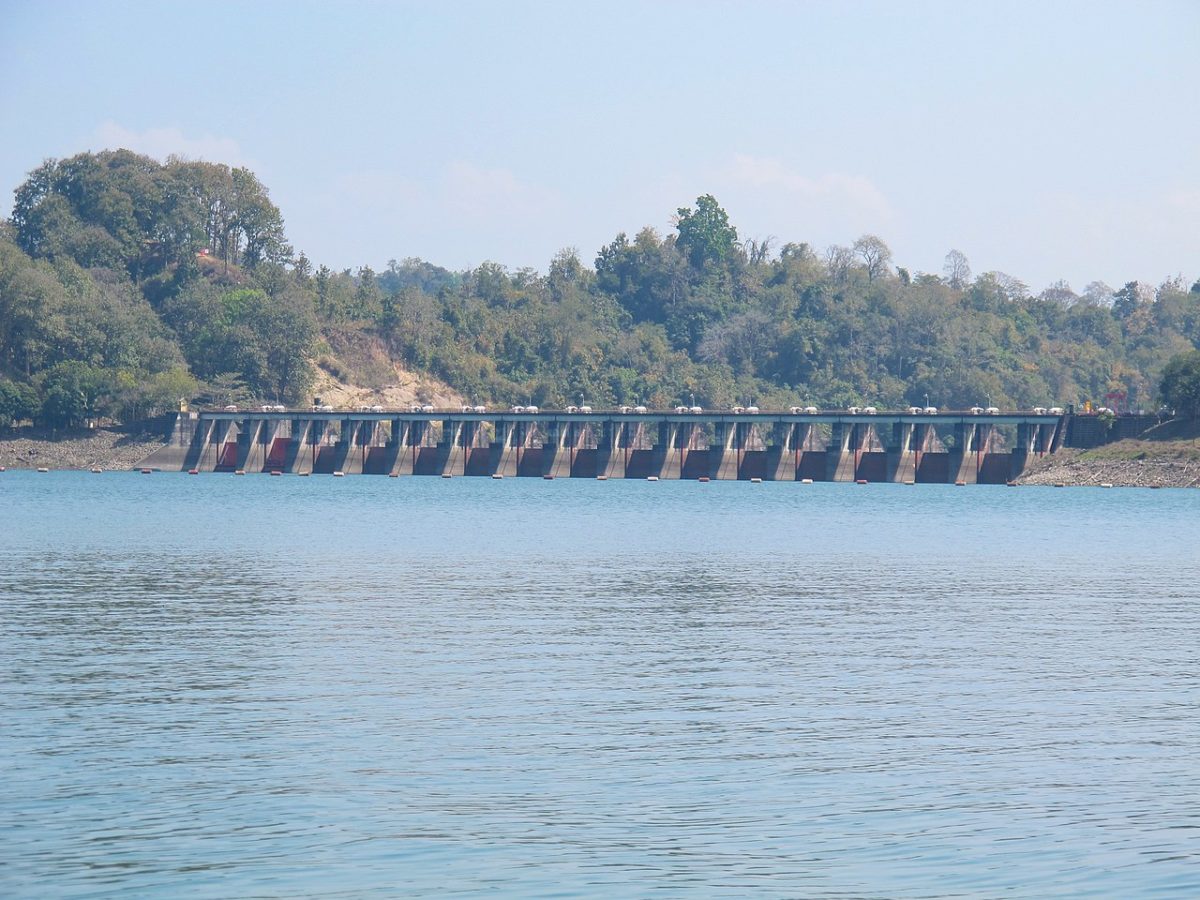Complementing hydroelectric power with floating solar PV can be a suitable solution for daytime peak electricity demand and to offset the respective shortfalls of the two power generation technologies.
With this in mind, a research group from the Islamic University of Technology, in Bangladesh, has conducted a simulation to evaluate the integration of a 50 MW floating solar plant with the 230 MW Karnafuli Hydroelectric Power Station located at the Kaptai Dam on the Karnaphuli River in Rangamati district, in the southeastern part of the country. The facility covers around 5% of Bangladesh's grid electricity demand.
“Based on the available reservoir area and the yield of the Kaptai hydro plant, we considered 50 MW for the floating array,” research co-author Abdullah Al Mehadi, told pv magazine. “This capacity proved useful for the Kaptai hydroelectric power plant in compensating for the hydroelectric power plant's low yield during the winter season and, at the same time, the low energy production from the solar plant, due to lack of irradiation and reduced sunlight hours during the monsoon season, can be compensated by additional water reserves in the dam due to high rainfall.”
In the proposed project configuration, the floating plant should be located close to the dam's spillway, which the scientists say would reduce its environmental impact as local fishing activities and cohabitation of marine life are present on the other side of the basin. The array is planned to occupy a surface of 0.56km2, which would represent a minimal portion of the basin's total surface, which equals 777km2.
The simulated PV system is south-oriented and built with 400 W panels with an efficiency of 21.63% from Korean manufacturer LG, and string inverters from Chinese specialist Huawei. The modules should be installed with a tilt angle of 30 degrees.
All the power generated by the solar facility should be used during the day, during which only some of the five turbines of the hydropower plant would be in use. “Conserving water will later prove to be a key differentiator when the preserved water is used to satisfy the peak load demand at night,” the research group emphasized, adding that the hydropower facility may act as a backup for the solar plant in the event of a discontinuity or instability in solar radiance.
Popular content
The PV plant's annual energy yield was estimated at 76,916 MWh and its performance ratio 0.752. The performance ratio is defined in IEC 61724 and is a metric commonly used to measure solar plant performance, for acceptance and operations testing.
According to the academics, the simulated system has demonstrated that hydroelectricity can respond appropriately to fluctuations in PV generation and that their complementarity is ideal for the so-called “load power plants,” which are plants that adjust their power output as demand for electricity fluctuates throughout the day. “The coupling of hydropower and floating PV is of particular interest in developing countries such as Bangladesh where grid infrastructure is unreliable,” they further explained. “Furthermore, installing a solar PV farm necessitates a significant investment in an electricity distribution system which can be avoided by constructing such a hybrid system where the distribution network already exists.”
The research team has not estimated, yet, the LCOE of the proposed system. “The cost of the panels and other accessories is difficult to ascertain because they will be subject to advance-trade VAT after their importation from abroad,” Al Mehadi said. “In addition, because floating solar plants have different maintenance situations than land-based plants, it is difficult to predict maintenance costs.”
The proposed hybrid system was described in the paper Optimized seasonal performance analysis and integrated operation of 50 MW floating solar photovoltaic system with Kaptai hydroelectric power plant: a case study, published in Energy Sources.
Several studies have been conducted in recent years on the combination of the two technologies. Scientists from the U.S. Department of Energy's National Renewable Energy Laboratory said linking solar with hydro in a full hybrid system configuration at every hydroelectric facility in the world may result – at best – in the deployment of 7,593 GW of combined generation capacity for an estimated annual power generation of 10,616 TWh and 20% reservoir surface area coverage. And combining solar with hydro in this way brings further benefits, including improved system operation at different timescales; more opportunities for storage, thanks to pumped hydro; increased utilization rates of transmission lines; reduced PV curtailment; and lower interconnection costs and water evaporation.
This content is protected by copyright and may not be reused. If you want to cooperate with us and would like to reuse some of our content, please contact: editors@pv-magazine.com.



1 comment
By submitting this form you agree to pv magazine using your data for the purposes of publishing your comment.
Your personal data will only be disclosed or otherwise transmitted to third parties for the purposes of spam filtering or if this is necessary for technical maintenance of the website. Any other transfer to third parties will not take place unless this is justified on the basis of applicable data protection regulations or if pv magazine is legally obliged to do so.
You may revoke this consent at any time with effect for the future, in which case your personal data will be deleted immediately. Otherwise, your data will be deleted if pv magazine has processed your request or the purpose of data storage is fulfilled.
Further information on data privacy can be found in our Data Protection Policy.